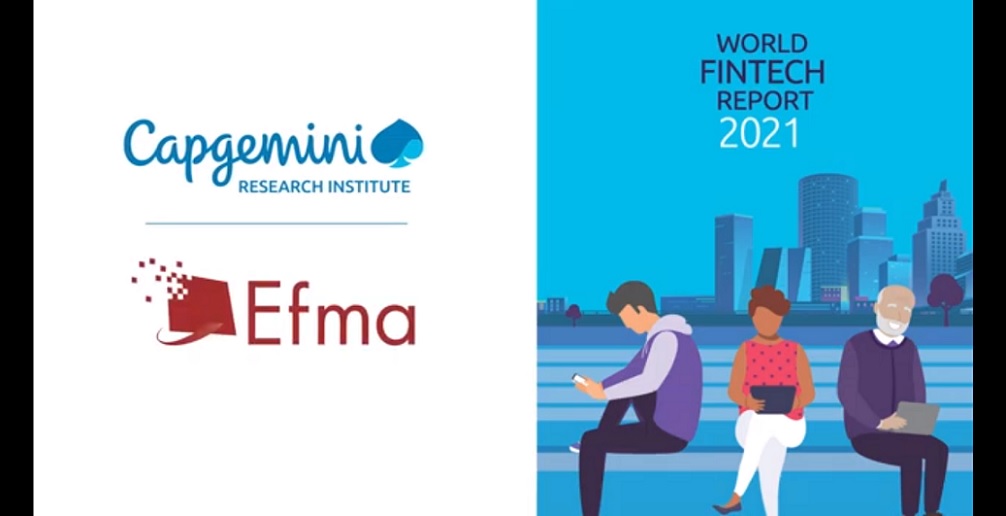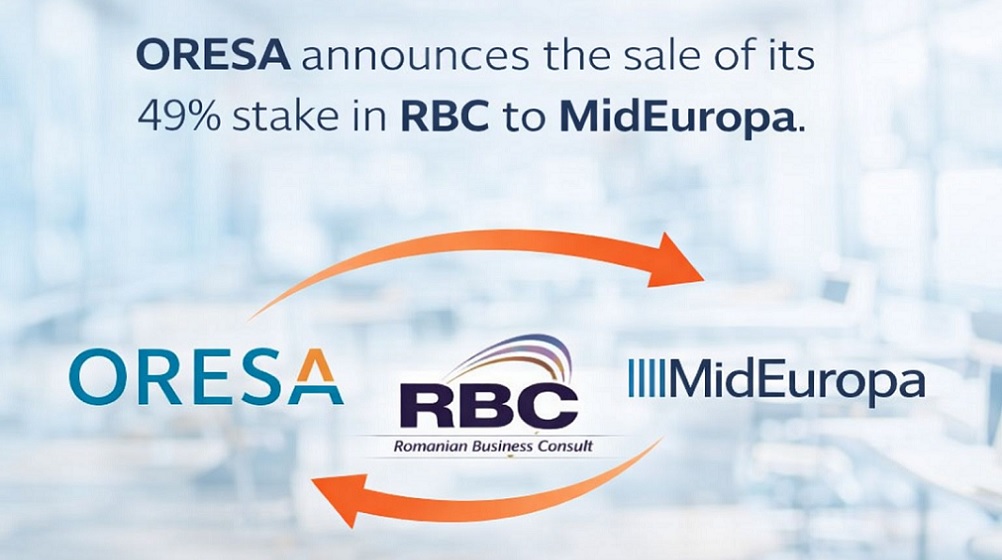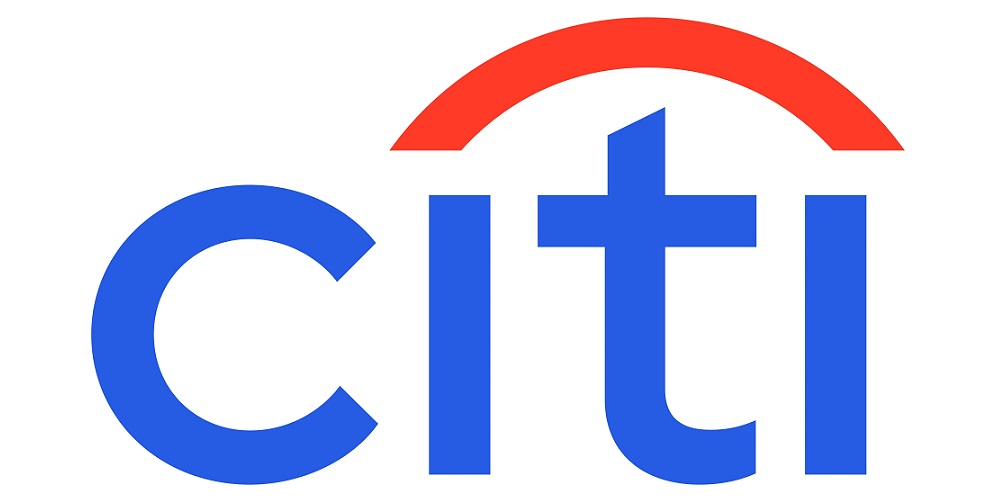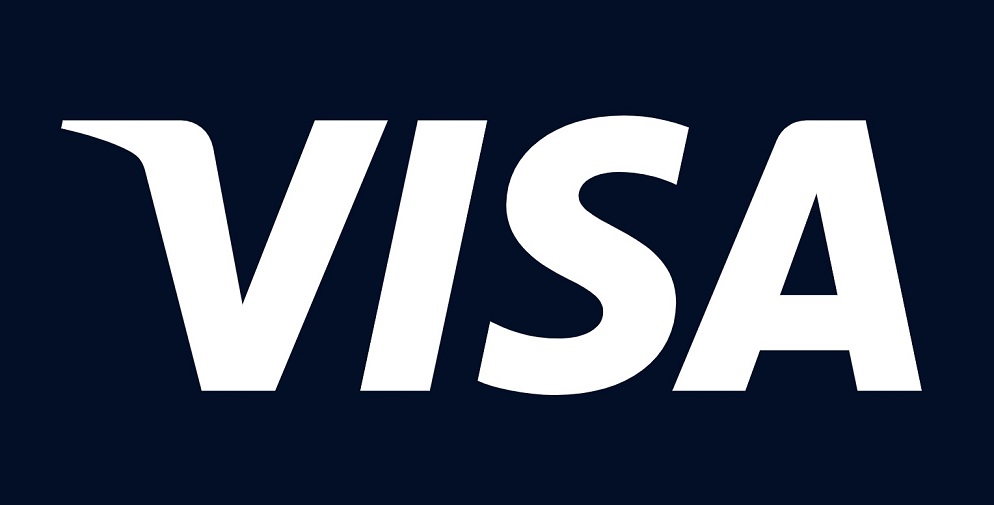As FinTech firms become increasingly profitable, traditional banks counter with branded digital-only subsidiaries

FinTechs are approaching their next maturity milestone – profitability – as they demonstrated resilience during the COVID-19 pandemic with verticals recording double-digit growth despite sector-wide operational and financial challenges.
In response to FinTechs’ growing popularity among consumers and close proximity to profits, traditional banks are creating digital-only entities to appeal to specific customer segments, according to the World FinTech Report 2021 from Capgemini and Efma.
More than half (51%) of FinTechs expect their capital reserves to be affected as costs related to staffing, onboarding, and data storage surged during pandemic lockdowns. Yet, despite the volatile environment, the FinTech sector reported 11% YoY deal activity growth in Q4 2020, after four consecutive years of decline.
FinTechs with a diverse product portfolio are winning investor backing, too. As they’ve matured, FinTechs have proven to be competent competitors and partners; and the report tracked a 9% increase in deal activity in late-stage FinTechs from 2019 to 2020.
Global adoption of digital models during the pandemic also positioned FinTechs to capture market share while sparking sector competition and turning up the heat on incumbent banks. Twenty-five percent of global consumers on the lookout for faster delivery, personalized services, and convenience say they would try banking products from new-age players.
However, while consumers increasingly accept FinTechs, they continue to trust traditional banks, and 68% say they would try a digital-only offering operated by their primary bank. Yet decades of operational patches and intertwined legacy technologies and business models present significant transformation challenges for incumbents. Moreover, COVID-19 aftershocks illustrate that delaying action is no longer an option.
“FinTech-inspired digital journeys need to become crucial strategic paths for banks across the board. However, players need to be sharp and specific as they move. There is no one-size-fits-all approach, and banks cannot create all digital subsidiaries equally,” comments Anirban Bose, CEO of Capgemini’s Financial Services and Member of the Group Executive Board. “Players capable of achieving long-term growth and profitability today will be tomorrow’s FinTech-era success stories.”
Potential for seamless digital engagement is clear
Incumbents are preparing to leverage their strengths (global reach and customer trust) while addressing their weaknesses (legacy IT and customer experience) to remain relevant into the future. Putting the user first is a top priority, and as the sector evolves, banks need to cater to specific markets and meet consumer demand locally.
Banks acknowledge the potential of seamless digital engagement. Of the banking executives surveyed, 63% said a digital-only subsidiary enables ubiquitous banking, 50% said it drives new products to market faster, and 52% said it makes collaboration wit the ecosystem easier thanks to plug-and-play functionality.
The report outlines three approaches − Greenfield, Bluefield, and Brownfield − for incumbents creating a digital-only subsidiary and recommends a right-field methodology that defines a vision, develops a robust foundation, and drives long-term growth through an enabling culture.
However, legacy mindsets and business models hinder the digital-only bank journey – including a lack of long- term parent support (47%), unwillingness to support short-term strategic cannibalization of the parent firm customer base (43%), and more than half (55%) struggling to address weak digital- only propositions.
As FinTechs continue to gain influence and market share, traditional banks must evolve a hybrid model through behind-the-scenes modernization of their middle- and back-office operations while creating multiple digital-only entities to serve specific customer segments.
“Pandemic fallout has made the traditional retail banking environment even more demanding. For incumbents to remain relevant, now is the time to embed finance within customer lifestyle and embrace platform-based models − procrastination is no longer an option,” said Efma CEO John Berry.
The report also provides a four-stage approach for mature FinTech firms seeking long-term growth and profitability. Phases include product diversification to attract a broader customer base, ecosystem orchestration to create new strengths, monetization of services, capabilities, or data − and expansion into new markets.
Consumers voice interest in green banking
Beyond the market competition impetus, incumbents are also experiencing mounting societal and regulatory pressure to shift toward green and sustainable practices. According to the Global Retail Banking Voice of the Customer survey 2021, 65% of consumers globally want banks to reduce their carbon footprint by following paperless processes, consuming renewable energy, and offering biodegradable cards.
Nearly a third of consumers would pay an additional charge for green products and services – or shift to a new provider for environmentally and socially friendly products. By their very nature, digital-only banks are well placed to support sustainable finance – with paperless processes and zero branch networks.
Download the report on https://fintechworldreport.com/
Dariusz Mazurkiewicz – CEO at BLIK Polish Payment Standard
Banking 4.0 – „how was the experience for you”
„To be honest I think that Sinaia, your conference, is much better then Davos.”
Many more interesting quotes in the video below:










